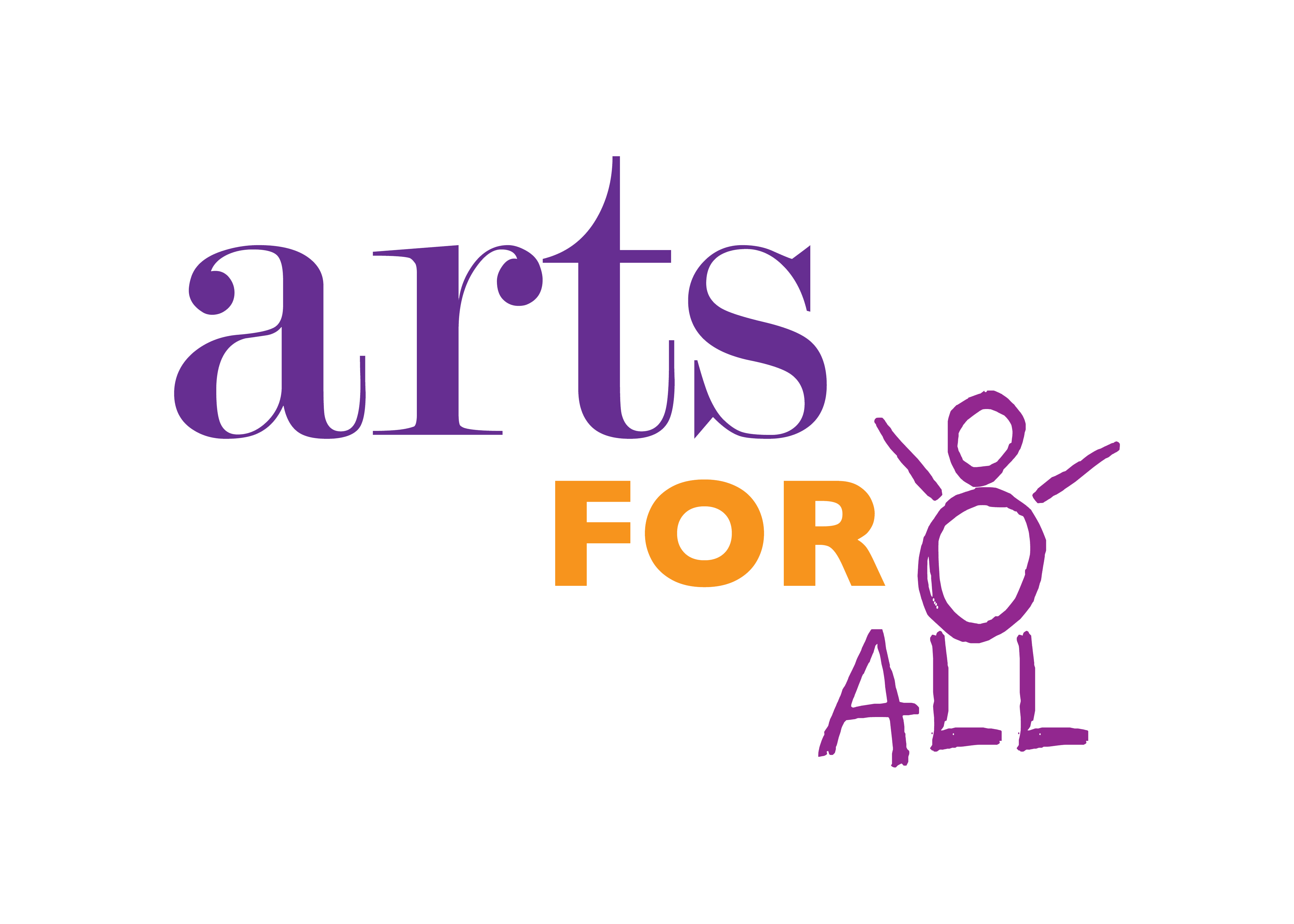
Interview by AFA Intern Danaley Silan in Spring 2022
Q: Who are you?
Mélissa: My name is Mélissa Smith. I grew up in South Florida. My main discipline of art is Theater and Movement.
Q: How did you first get involved in your specific discipline of art?
Mélissa: I first started with the visual arts in the third grade– the unlocking of my artistic self. I studied visual art for a few summers at the magnet school, but as I got older and it was time for me to go to high school, I went for theater instead of visual arts. I went to a performing arts high school. My older sisters were at this school too, so I was around them a lot and watched them, and I ended up following in their footsteps
Q: What role did art play in your childhood?
Mélissa: I was a very shy and awkward child in public, but very goofy in private. Art gave me a place to express myself and to be myself.
Q: What is your educational background?
Mélissa: I went to a small private school in Florida. I have a Bachelor’s degree in Theater with a minor in Dance and Creative Writing. After undergraduate school, I did a lot of short term residencies, mostly focusing on physical theater and clowning.
Q: How did you become involved with teaching?
Mélissa: A friend asked me to cover a class for them. I started teaching movement for very young children. Then, I started making dance and movement performances, and I got asked to teach a group of teenage girls at a community center. When I moved to New York, I was not really looking for teaching jobs. I actually auditioned for a theater production that Arts For All was putting on. I did not get cast in that show, but they asked if I would be interested in teaching.
Q: Is there a story of an interaction or experience in the classroom that made you fall in love with your job?
Mélissa: This is more of a recent event. My last residency before the pandemic, I was in a class, and there was one student who had trouble communicating. One teacher in the classroom would help him a lot or take him aside while I was doing my session. One day, I was doing a circle activity where you could go into the circle and dance or do it from your seat. He went into the circle, and me and the teacher made eye contact. He also did the verbal portion of it perfectly. I could have cried right in that moment. Me and the teacher locked eyes thinking “it’s working!” It was a beautiful moment of connecting with the teacher and recognizing that the artistic work was helping him verbalize and participate. It really felt like we were making strides and making a difference.
Q: How do the children you work with inspire you to keep being a teaching artist?
Mélissa: That moment where you see a kid’s eyes light up when they get something is infectious. I love that I am able to encourage kids artistically– their art, performance, ideas, and imagination. Being a teaching artist, I get to come in once a week and take them off script from the rigidness of their regular coursework. It really encourages me when I can see that I am filling their buckets.
Q: What is one important lesson that you hope the students learn from your classes?
Mélissa: That their voice is important.
Q: What is your favorite thing about working with Arts For All?
Mélissa: I love getting to share my work with students. Arts For All gives a lot of room for me to be creative and self-direct where my work is going with the kids. There is also a lot of support, but I get to do things that inspire me. That keeps it feeling fresh and inspired as I work with the children.
Q: What does art mean to you?
Mélissa: The first things that come to mind are expression and home. For home, I mean a sense of safety. Personally, art has throughout my life has been a safe space. Back in third grade when I was shy and awkward, my art teacher let me come to the art room and work on art when I didn’t have anyone to play with after school or nowhere to sit at lunch. It was a safe place, and I found a way to express myself there. As I got older, it has continued to be a safe place to express myself.
